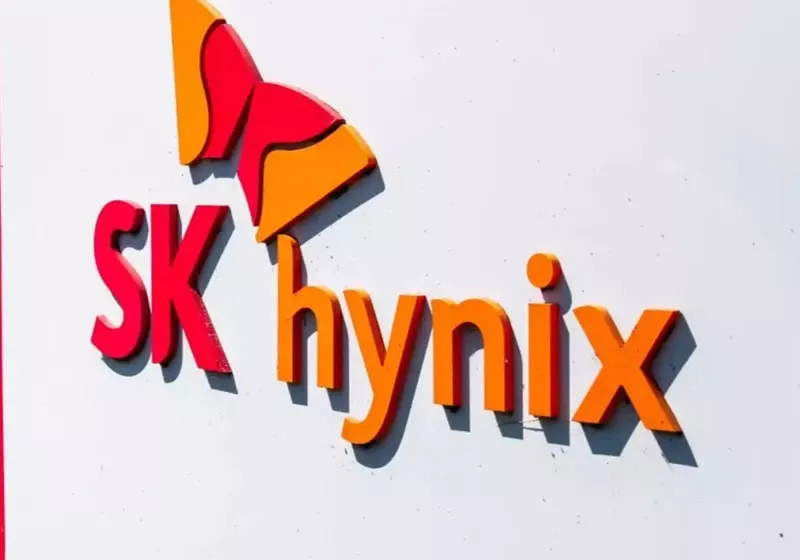
The Chase Sapphire Preferred has a limited-time welcome bonus that can help you save on travel this year.
Viva Tung/CNETIt's been nearly four years since the Chase Sapphire Preferred® Card* last offered its 100k welcome bonus -- and next week it will disappear again.
Until May 15, the Sapphire Preferred os offering 100,000 Chase Ultimate Rewards points when you spend $5,000 within the first three months of opening the account. Usually, this card offers a 60,000-point welcome bonus when you spend $4,000 in the first three months. While you have to spend an extra $1,000 to earn the extra points, if you can hit this threshold with normal spending, the elevated bonus will be worthwhile.
If you redeem your points through Chase's Travel portal, they're worth 1.25 per point. That translates to $1,250 in travel, $500 more than this card's normal welcome bonus. You can use the rewards to book hotels, rental cars and cruises at the boosted rate.
The CSP is my favorite low annual-fee travel card. Beyond the welcome bonus, I love the card's travel perks, like its trip cancellation and interruption insurance. I've had the card for about two years, and it's saved me a lot of money on flights and hotels -- especially when I earned the welcome bonus.
Read more: We Finally Know the Best Time to Book Flights
Other ways to redeem the Chase Sapphire Preferred's 100k bonus
Before you book via the Chase Travel portal, be sure to look for deals and other redemption options. Chase has airline and hotel partners that offer higher redemption rates if you transfer your points. You can earn the most through transfer partners but can still get extra redemption value when booking through Chase's portal.
If you don't have any upcoming trips, there are other redemption options but at a lower value. For example, you can redeem one cent per point toward a $1,000 statement credit to lower your credit card balance.
Chase also has a "Pay Yourself Back" program that lets you use your rewards for statement credits on purchases from select categories at a rate of 1.25% per point. However, this offer is only available for select charities.
Is the Chase Sapphire Preferred right for you?
If you're considering applying for the Chase Sapphire Preferred, look at the card's other features first. Welcome bonuses are usually a one-time deal, so you'll need to make sure the card is worthwhile beyond the bonus rewards and that you earn enough rewards with your regular spending to offset the $95 annual fee.
Most important, don't accrue debt trying to earn credit card rewards. The average credit card interest rate is over 20%, so any value you'd get from the rewards would be quickly wiped out by the interest you accrue, leaving you in the negative.
If the CSP isn't right for you, consider a card that helps you earn more on your everyday spending, like the Blue Cash Preferred® Card from American Express. You'll earn 6% cash back at U.S. supermarkets on up to $6,000 per year (then 1%) and 6% on select streaming services. Cash back is received in the form of Reward Dollars that can be redeemed as a statement credit or at Amazon.com checkout.
(see rates and fees)
Terms apply to American Express benefits and offers. Enrollment may be required for select American Express benefits and offers. Visit americanexpress.com to learn more.
For rates and fees of the Blue Cash Preferred Card from American Express, click here.
*All information about the Chase Sapphire Preferred Card has been collected independently by CNET and has not been reviewed by the issuer.
Correction, 12:45 p.m. PT: This story initially gave an incorrect figure for the amount Chase requires you spend in the first three months after opening the card. That figure is $5,000.
The editorial content on this page is based solely on objective, independent assessments by our writers and is not influenced by advertising or partnerships. It has not been provided or commissioned by any third party. However, we may receive compensation when you click on links to products or services offered by our partners.

Dashia is the consumer insights editor for CNET. She specializes in data-driven analysis and news that intersects personal finance, tech and consumer sentiment. Dashia investigates economic shifts and everyday challenges to help readers make well-informed decisions. She covers a range of topics, including technology, security, energy and money. Dashia graduated from the University of South Carolina with a bachelor's degree in journalism. She loves teaching spinning, baking and spending time with her family.
The editorial content on this page is based solely on objective, independent assessments by our writers and is not influenced by advertising or partnerships. It has not been provided or commissioned by any third party. However, we may receive compensation when you click on links to products or services offered by our partners.








 English (US) ·
English (US) ·